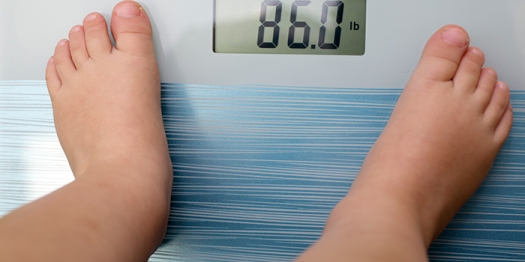Before the 2015 General Election, we were promised an obesity strategy for children. When Childhood Obesity: a plan for action was eventually published in August 2016 [this time last year] we were disappointed that the strategy we had been waiting for was downgraded to a plan. Instead of having the anticipated blueprint for moving towards reduced obesity, we have been given an action plan, which raises serious concern about its ability to impact on childhood obesity. The plan to ‘significantly reduce childhood obesity by encouraging healthier choices’ has been watered down and is unclear about what it sets out to achieve. Even the House of Commons’ Health Committee are disappointed that key areas for action have not been included.
As an environmental public health practitioner, I find it particularly worrying that the plan correctly highlights childhood obesity is higher in areas of higher deprivation, a clear example of health inequalities, yet fails to address it. Surely this is a public health priority?
I applaud the Plan’s goal of introducing a levy on soft drinks, yet with the proposed implementation date of April 2018, we are already facing the rhetoric from soft drinks manufacturers claiming a ‘sugar tax’ won’t reduce obesity. However, the evidence shows us that the introduction of a sugar levy does reduce soft drink sales.
In Mexico for example, a similar intervention in 2012 led to almost 20% reduction in soft drink purchase amongst the lowest socio-economic groups. Time will tell us the impact of the levy on childhood obesity, but bear in mind, this is the same industry who failed to implement the previous Government’s voluntary Public Health Responsibility Deal.
Nevertheless, manufacturers have been given two years to change their products and ingredients, remembering that tax will only be levied on soft drinks containing more than 5g of sugar per 100ml, with a higher tax for drinks above 8g per 100ml. This means that some well-known drinks such as Lilt will not be affected as their sugar content falls below the lower threshold, but others such as Coca-Cola face the higher rate levy.
A serious issue missing from the Plan is the impact of the obesogenic environment on childhood obesity. Our over reliance on cars for transport reduces opportunities for children to be active and the proliferation of unhealthy food outlets near schools makes it easier to eat an unhealthy diet.
The Plan does contains a token sentence on walking and cycling to school with a welcome reference to the Government’s Cycling and Walking Investment Strategy, but fails to acknowledge any evidence on how changes to the built environment might affect children’s active travel to school. Neither is there a mention of changing planning legislation to consider health and wellbeing in the planning system which could have a huge impact on the wider determinants of health.
I don’t know the answer. But what I do know is that this Childhood Obesity Plan is a missed opportunity in our fight against childhood obesity.

